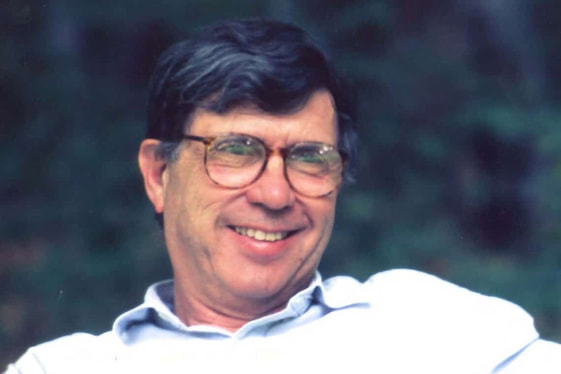by PRABIR PURKAYASTHA

Lewontin fought a lifelong battle against racism, imperialism and capitalist oppression.
On July 4, Richard Lewontin, the dialectical biologist, Marxist and activist, died at the age of 92, just three days after the death of his wife of more than 70 years, Mary Jane. He was one of the founders of modern biology who brought together three different disciplines—statistics, molecular biology and evolutionary biology—that mark the discipline today. In doing so, he not only battled crude racism masquerading as science, but also helped shed light on what science really is. In this sense, he belongs to the rare group of scientists who are equally at home in the laboratory and while talking about science and ideology at a philosophical level. Lewontin is a popular exponent of what science is, and more pertinently, what it is not.
Lewontin always harked back to what being radical means: going back to fundamentals in deriving a viewpoint. This method is important, as it makes radical inquiry a powerful tool in science, compared to lazier ways of relating positions to certain class viewpoints. What is the relation between genes and race, class, or gender? Does social superiority spring from superior genes, or from biological differences between the sexes? As a Marxist and activist, Lewontin believed that we need to fight at both levels: to expose class, race and gender stereotypes as a reflection of power within society, and also at the level of radical science, meaning from the fundamentals of scientific theory and data.
Richard Lewontin and the population geneticist and mathematical ecologist Richard Levins shared a passion for biology, social activism and Marxism. It is not so well known that Lewontin’s close friend Stephen Jay Gould—the paleontologist, evolutionary biologist, and popular science writer—was also a fellow Marxist. All three of them fought a lifelong battle against the racializing of biology and, later, sociobiology, which sought to ‘explain’ every social phenomenon as derived from our genes. Evolutionary biologists E.O. Wilson and Richard Dawkins—and many others—believed that humans are programmed so that society merely expresses what is already embedded in our genes. Through their eyes, white races are superior because of their genetic superiority; as are the rich. In India, there is also a genetic theory of caste to explain the supposed differences between caste groups. And as long as there are significant differences between groups of people—based on class, race, gender or caste—biological ‘explanations’ for these differences will be offered.
One of Lewontin’s pathbreaking works was to find out how much genetic diversity exists within species. This was at a time when we did not know how many genes humans had. Lewontin’s inspired guess was 20,000, far smaller than what most biologists thought then and remarkably close to what is known today. Most biologists then also believed that races had significant biological differences, which was one of the reasons why they thought that there was a much larger number of genes carrying different traits. Lewontin and geneticist John Hubby used a technique, protein gel electrophoresis, developed by Hubby, to quantify the genetic diversity in fruit flies.
Mid Western Marx for more
